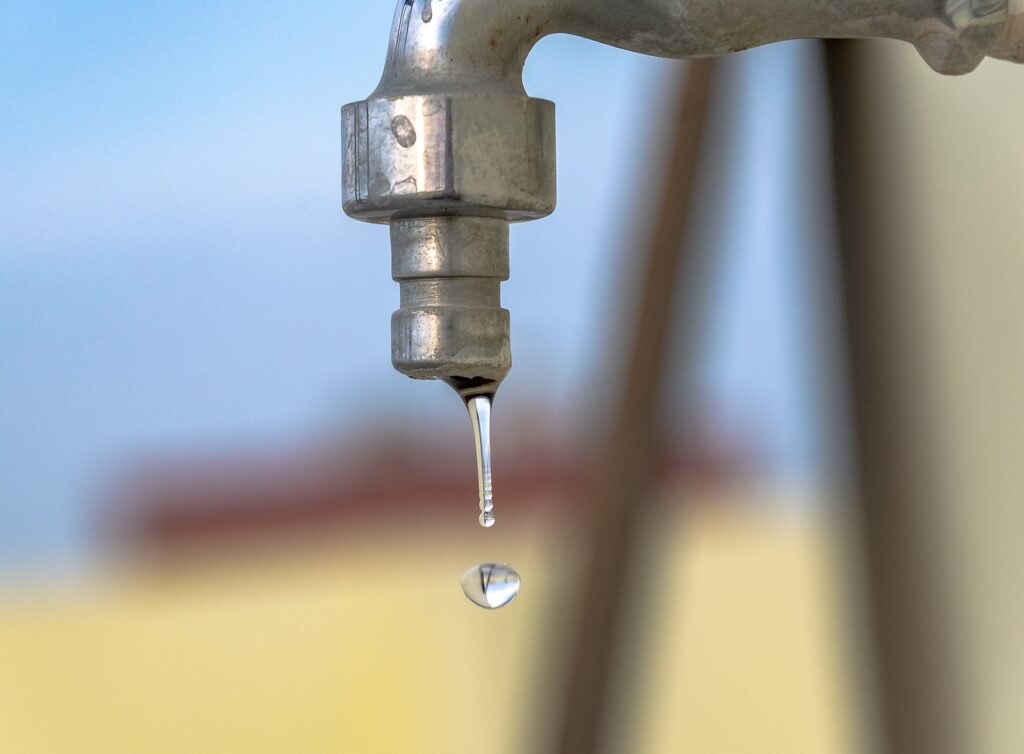Pipes, connections, and fixtures become more prone to leaks as they age. Some leaks are easily identified, such as a dripping faucet, while others can take weeks before a homeowner even realizes there is a problem. No matter the size, leaks are a waste of water. And if they happen outside of your sink basin or bathtub, you’re at risk of water damage.
There are various causes for leaky faucets. Some people tend to excessively tighten the handles in order to avoid dripping. However, this practice actually leads to the deterioration of the washer inside, ultimately resulting in dripping. Additionally, faucets may leak due to issues with the O ring that secures the fixture or a corroded valve seat.
Leaks can also happen inside your toilet. One of the most common causes of toilet leaks is a damaged or worn flapper. A flapper is a small rubber valve that prevents water from entering the toilet bowl from the toilet tank. When the flapper is working properly, water does not leak from the toilet tank into the toilet bowl. However, if the flapper is damaged or worn, water will continue to leak from the tank into your toilet bowl.
Leaks frequently occur under the sink as a result of issues such as deteriorated plumbing connections and pipe corrosion. On occasion, homeowners may inadvertently cause leaks by displacing an unsecured section of piping while searching for cleaning supplies beneath the sink. Furthermore, it is quite typical for clogs to lead to leaks beneath kitchen sinks. The blockage hinders the flow of water, exerting pressure on the pipes and connections. Consequently, gaps may develop, initiating a leak.
Your water heater tank undergoes expansion and contraction as its internal temperature fluctuates, even if you are not able to observe it. However, this can pose a problem if the tank is old and has experienced significant corrosion. The interior walls of your water heater become fragile and weak due to rust, and as they expand and contract, cracks may develop, leading to water leakage.
Sewage exits your residence via drains that come together into a central pipe. This pipe serves as the sewer line for your dwelling, and it links to either a septic tank or the municipal sewer system in your locality. Various factors such as ground shifts, blockages, aging, and even intrusive tree roots can cause sewer lines to crack and develop leaks.
Slab leaks, which are leaks that happen beneath the foundation of your home, are commonly referred to as leaks occurring under your home’s foundation. The majority of houses are constructed on a concrete foundation, also known as a slab, and usually have copper water lines running beneath it. Over time, these copper pipes can degrade and result in water leakage beneath the foundation. Detecting these leaks can be quite difficult. In the event that you do experience a slab leak, you will probably observe an inexplicable rise in your water bills, a decrease in water pressure, and potentially damp or warm areas on your floors.

